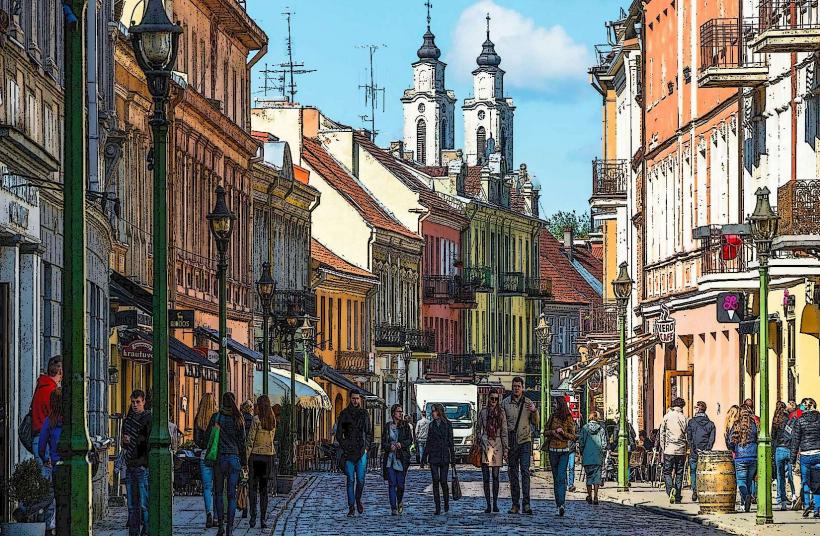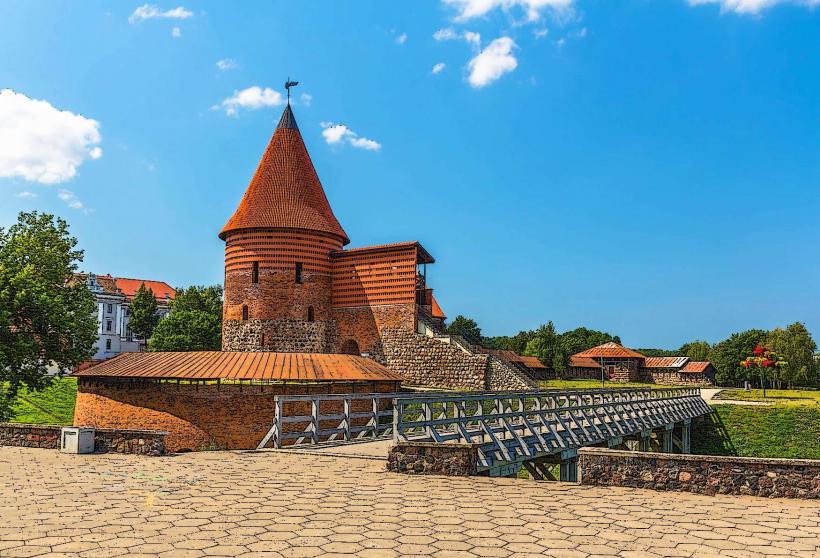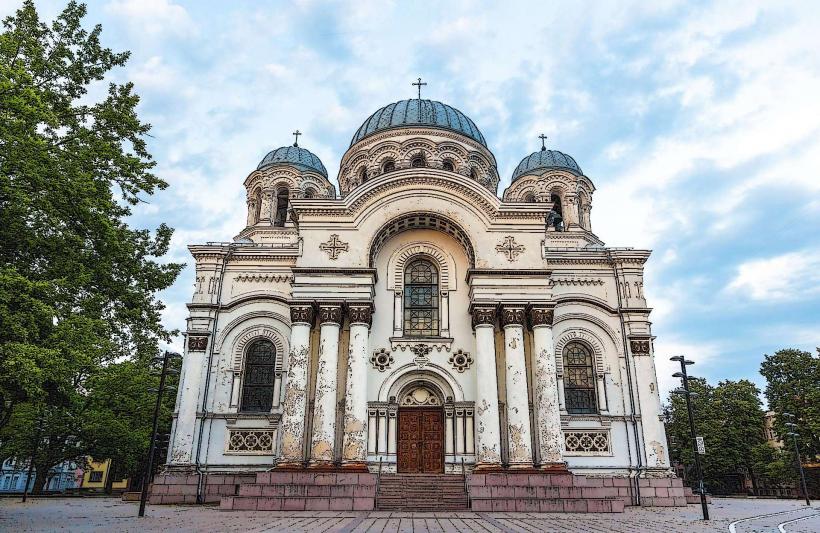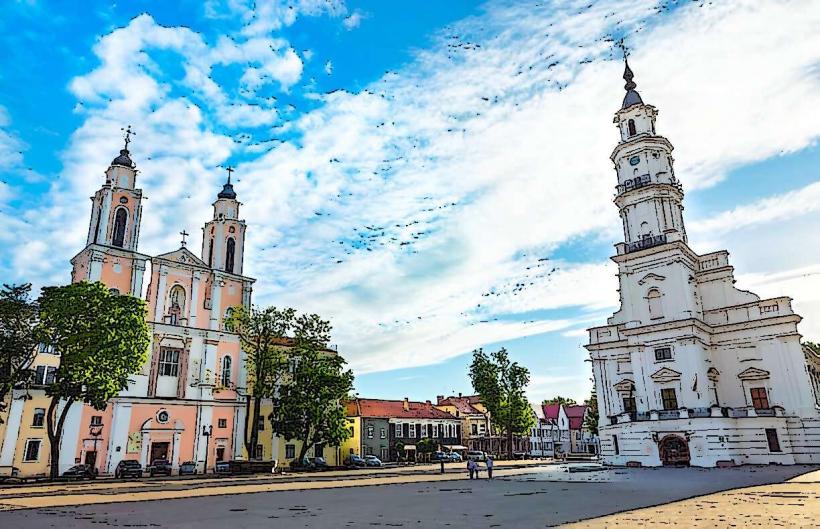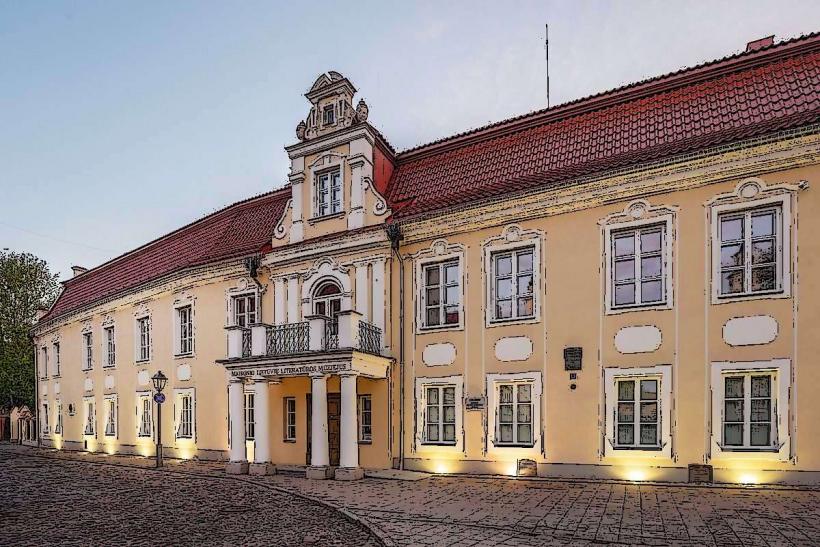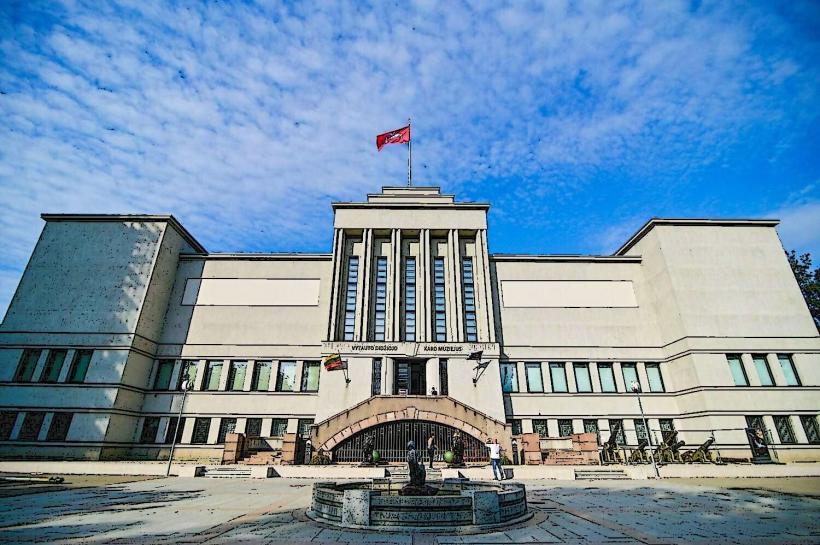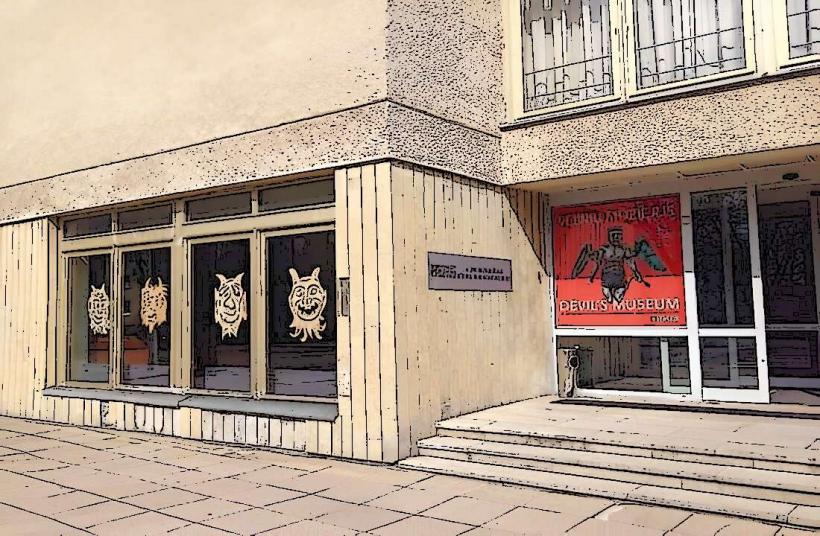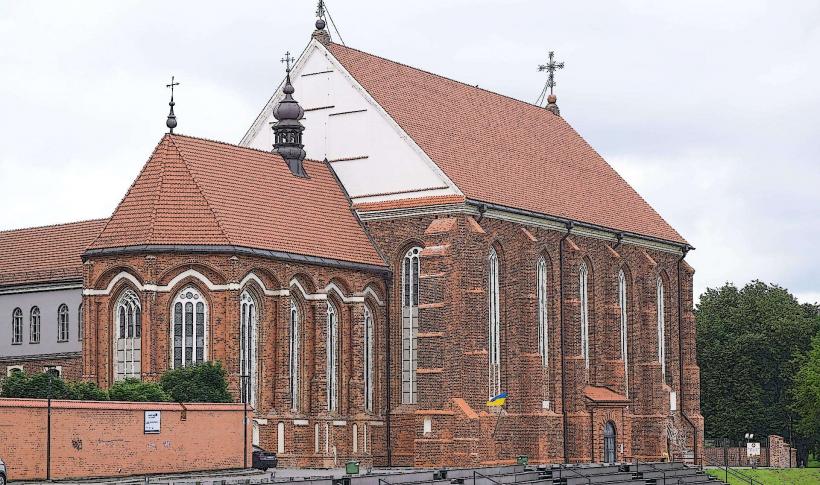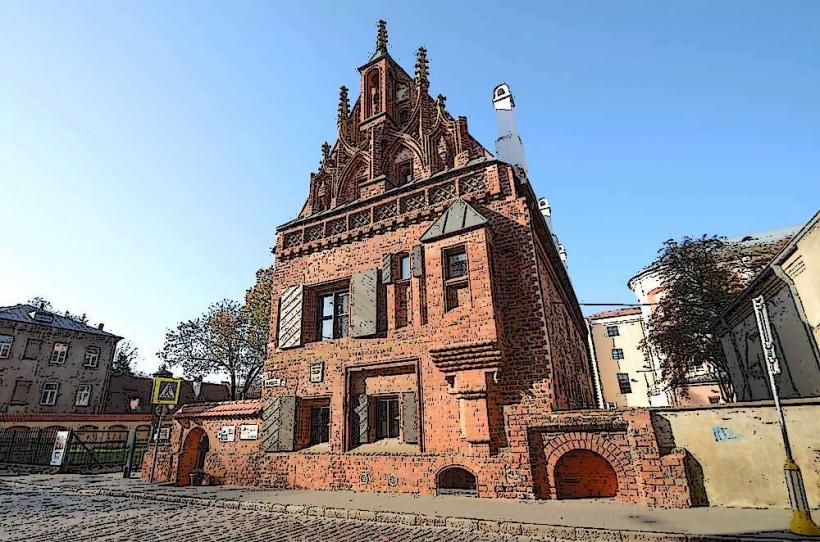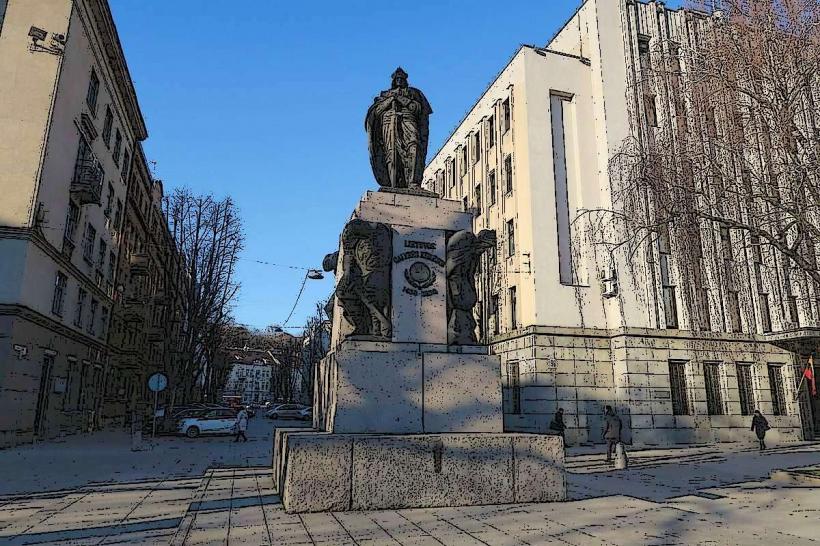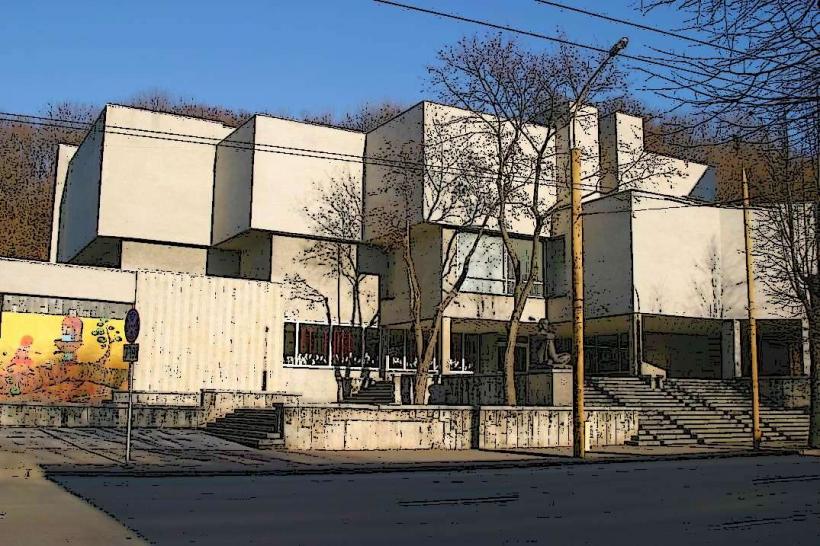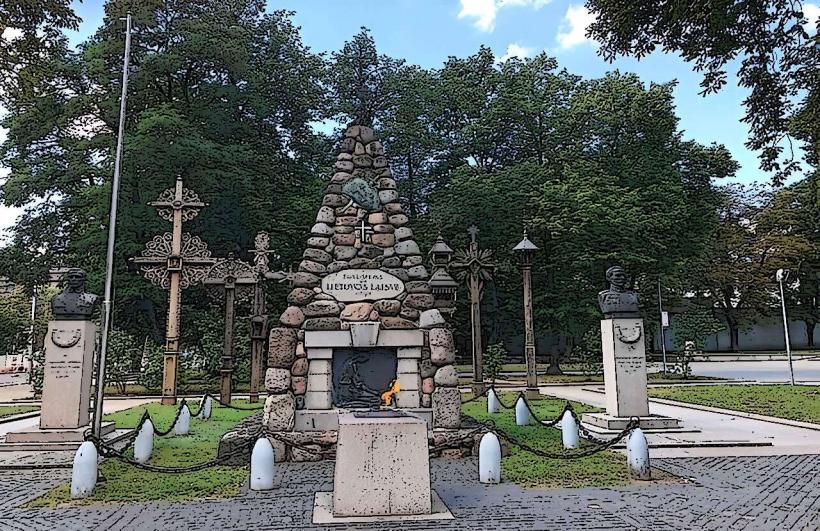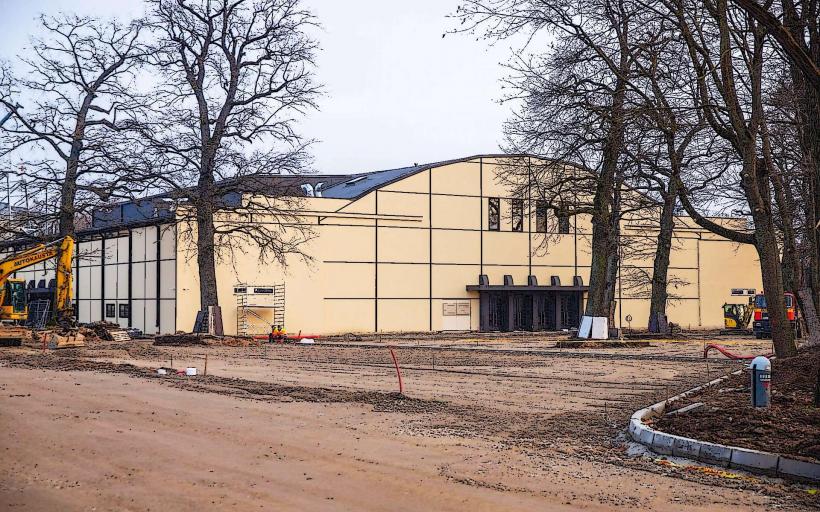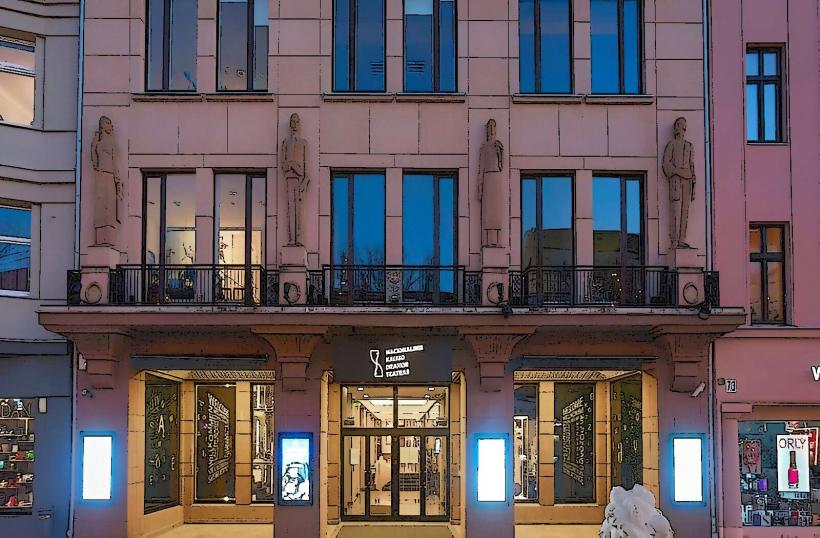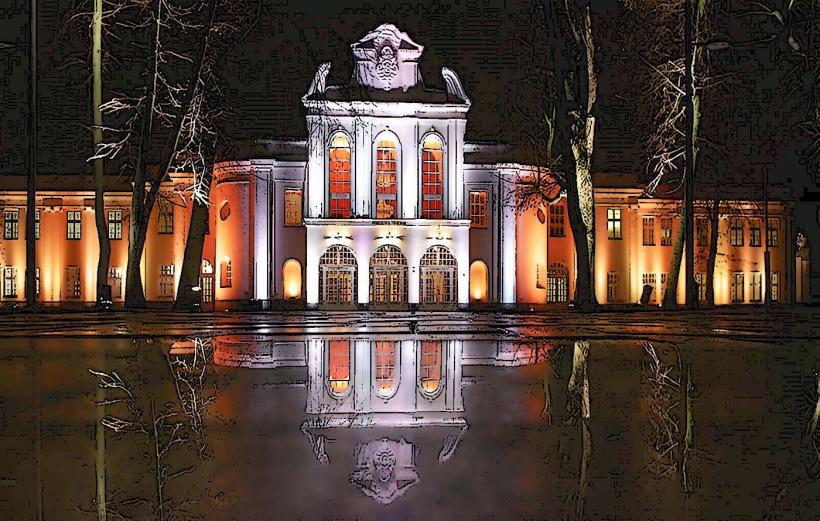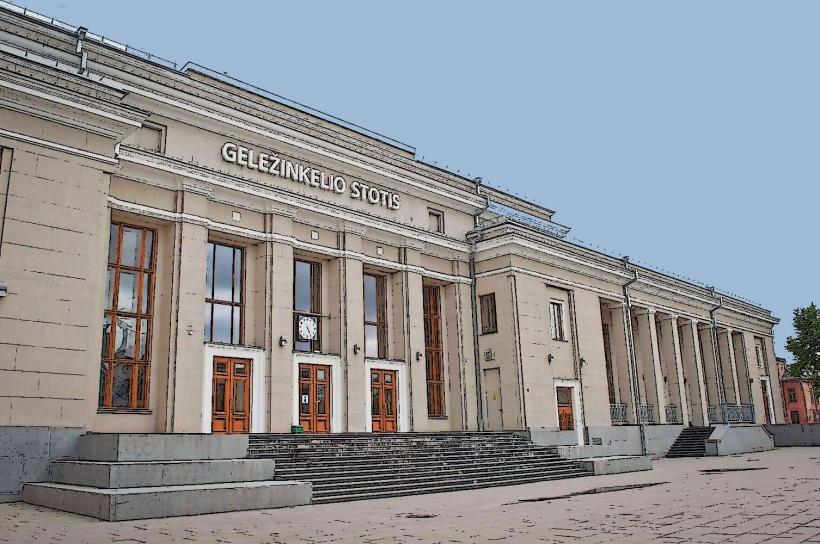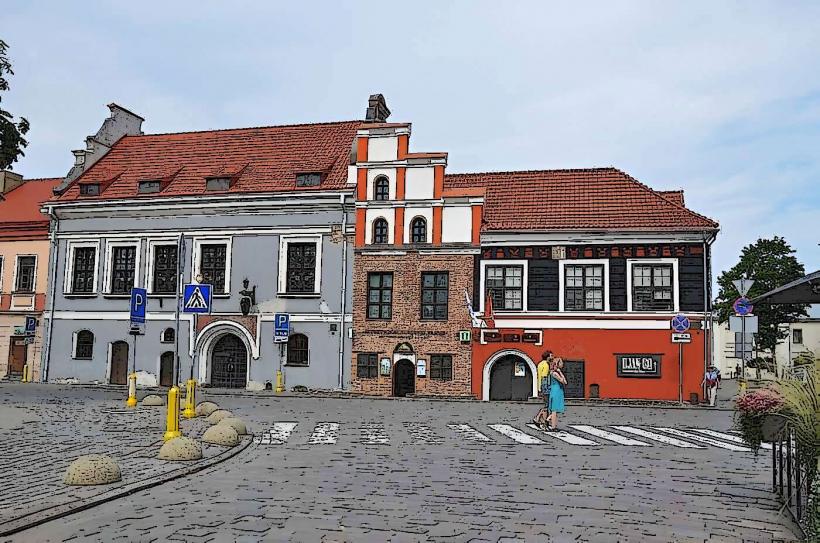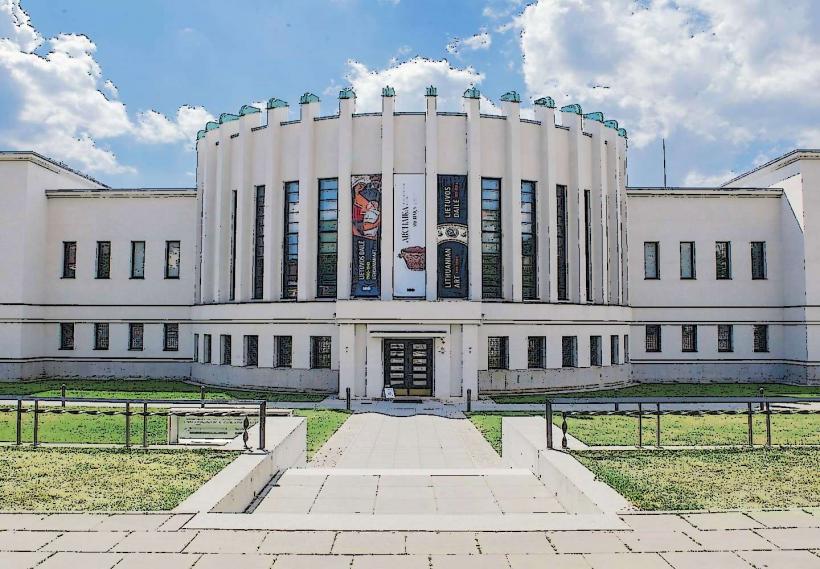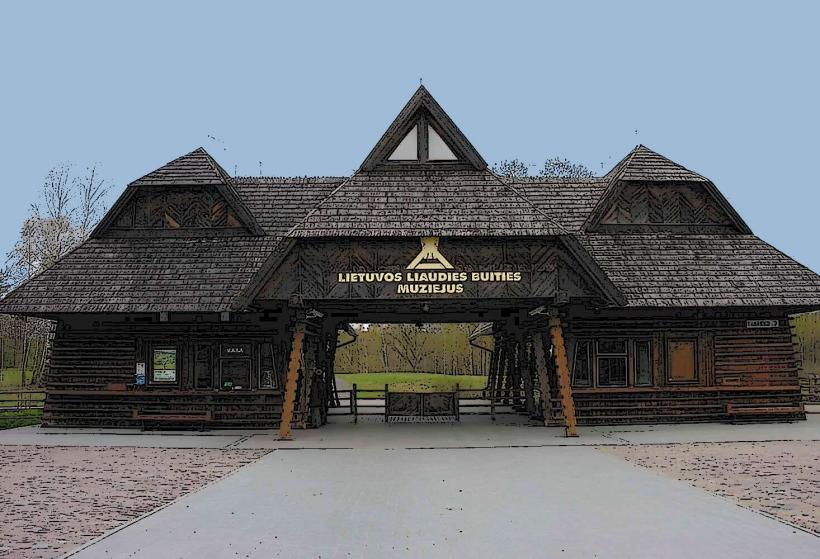Information
Landmark: St. Peter and Paul CathedralCity: Kaunas
Country: Lithuania
Continent: Europe
The St. Peter and Paul Cathedral (Lithuanian: Šv. Petro ir Povilo bažnyčia) is one of the most significant religious and architectural landmarks in Kaunas, Lithuania. Known for its stunning Baroque style and rich history, the cathedral is a must-visit for anyone interested in Lithuanian culture, religious heritage, and architectural beauty.
Historical Background:
- Construction: The St. Peter and Paul Cathedral was built in the 17th century, specifically between 1666 and 1700. It was constructed on the site of an earlier Gothic church, which was destroyed during the Swedish invasion of the region.
- Patron Saints: The cathedral is dedicated to St. Peter and St. Paul, two prominent figures in Christianity. Their importance in the Roman Catholic Church is reflected in the grandeur of the cathedral, which has become one of Kaunas' most notable landmarks.
Architectural Features:
1. Baroque Style:
- The cathedral is a masterpiece of Baroque architecture, a style that emphasizes dramatic expressions, intricate detailing, and grandeur. The design incorporates a blend of artistic elements meant to convey both divine power and earthly beauty.
- The facade of the cathedral is decorated with ornate carvings and statues, typical of Baroque design, while the interior is filled with rich artistic details that include frescoes, altars, and sculptures.
2. Exterior:
- The exterior of the cathedral is relatively simple compared to its interior, with twin towers rising above the cityscape. These towers are capped with Baroque-style domes and add to the distinctive silhouette of the cathedral.
- The building's symmetry and stonework create a sense of stability and permanence, reinforcing the cathedral's role as a central place of worship and religious significance in Kaunas.
3. Interior:
- The interior is perhaps the most breathtaking aspect of the cathedral. The vaulted ceilings are adorned with frescoes, many of which were painted by the renowned Italian artist Giovanni Girolamo.
- The cathedral features elaborate altars, wooden pews, and sculptures that reflect both Catholic religious traditions and Lithuanian cultural influences.
- One of the most notable elements is the main altar, which is magnificently decorated and contains a series of religious sculptures.
- The church's interior space is highly decorative, with intricate stucco work and gilded accents, characteristic of the Baroque period.
4. Frescoes:
- The frescoes on the ceiling are a significant feature of the cathedral. They depict scenes from the Bible and represent various episodes in the lives of St. Peter and St. Paul. These frescoes are done in a dynamic, expressive style, capturing the emotional intensity and spiritual themes of the Baroque era.
5. Tombs and Memorials:
- The cathedral contains the tombs of important individuals, including notable figures from Kaunas' history. Many of these tombs are marked by beautiful sculptures and memorials, reflecting the significance of the people buried there.
Significance:
1. Religious Role:
- As a Roman Catholic church, the St. Peter and Paul Cathedral plays a central role in the spiritual life of Kaunas. It continues to serve as a place of worship, with regular Masses and religious ceremonies.
- The cathedral is also the site of various liturgical events, such as weddings and baptisms, and is a spiritual hub for both locals and visitors.
2. Cultural Importance:
- The cathedral is one of the most significant symbols of Kaunas' religious and cultural heritage. It reflects the importance of Catholicism in Lithuania, particularly in Kaunas, which has long been a center of religious life in the country.
- The St. Peter and Paul Cathedral is also closely tied to Lithuania’s history of religious tolerance, as it has hosted people of various faiths throughout its history.
3. Architectural Legacy:
- The cathedral is considered one of the finest examples of Baroque architecture in Lithuania. It has influenced the design of other religious buildings in the region and is studied by architects and art historians for its stunning execution of Baroque elements.
- Its design, frescoes, and sculptures have made it a landmark not only in Kaunas but in the broader context of Lithuanian architecture and art.
Visitor Experience:
1. Accessibility:
- The St. Peter and Paul Cathedral is open to the public and is accessible for visitors. It is a popular stop for those exploring the historic Old Town of Kaunas.
- Visitors can attend Mass or simply explore the church during non-service hours to admire its artwork, architecture, and peaceful atmosphere.
2. Guided Tours:
- For those interested in learning more about the cathedral’s history, art, and religious significance, guided tours are available. These tours provide valuable insights into the architectural elements, frescoes, and the overall history of the building.
3. Photography:
- The cathedral’s striking beauty makes it a popular spot for photographers. The ornate interior, with its intricate artwork and statuary, offers a wealth of visual material for those interested in capturing the spirit of Baroque architecture.
Nearby Attractions:
- Kaunas Old Town: The cathedral is situated within walking distance of Kaunas' charming Old Town, a district filled with cobblestone streets, medieval buildings, and historical landmarks.
- Kaunas Castle: Just a short distance away, the medieval Kaunas Castle is another prominent historical site.
- Maironis Lithuanian Literature Museum: Located nearby, this museum offers insights into the literary and cultural history of Kaunas and Lithuania.
Conclusion:
The St. Peter and Paul Cathedral is a masterpiece of Baroque architecture and a significant cultural and religious symbol in Kaunas. Its stunning interior, with its frescoes, altars, and statues, makes it a must-visit for anyone interested in Lithuania’s architectural and spiritual heritage. Whether you are drawn to its religious significance, its architectural beauty, or its place in Kaunas’ rich history, this cathedral offers a fascinating glimpse into the city’s past and its ongoing cultural legacy.

